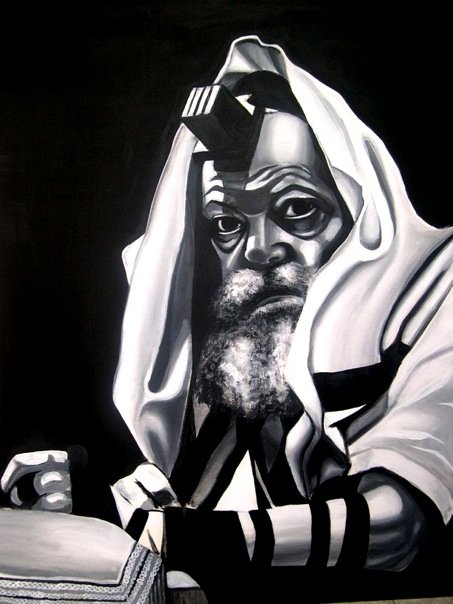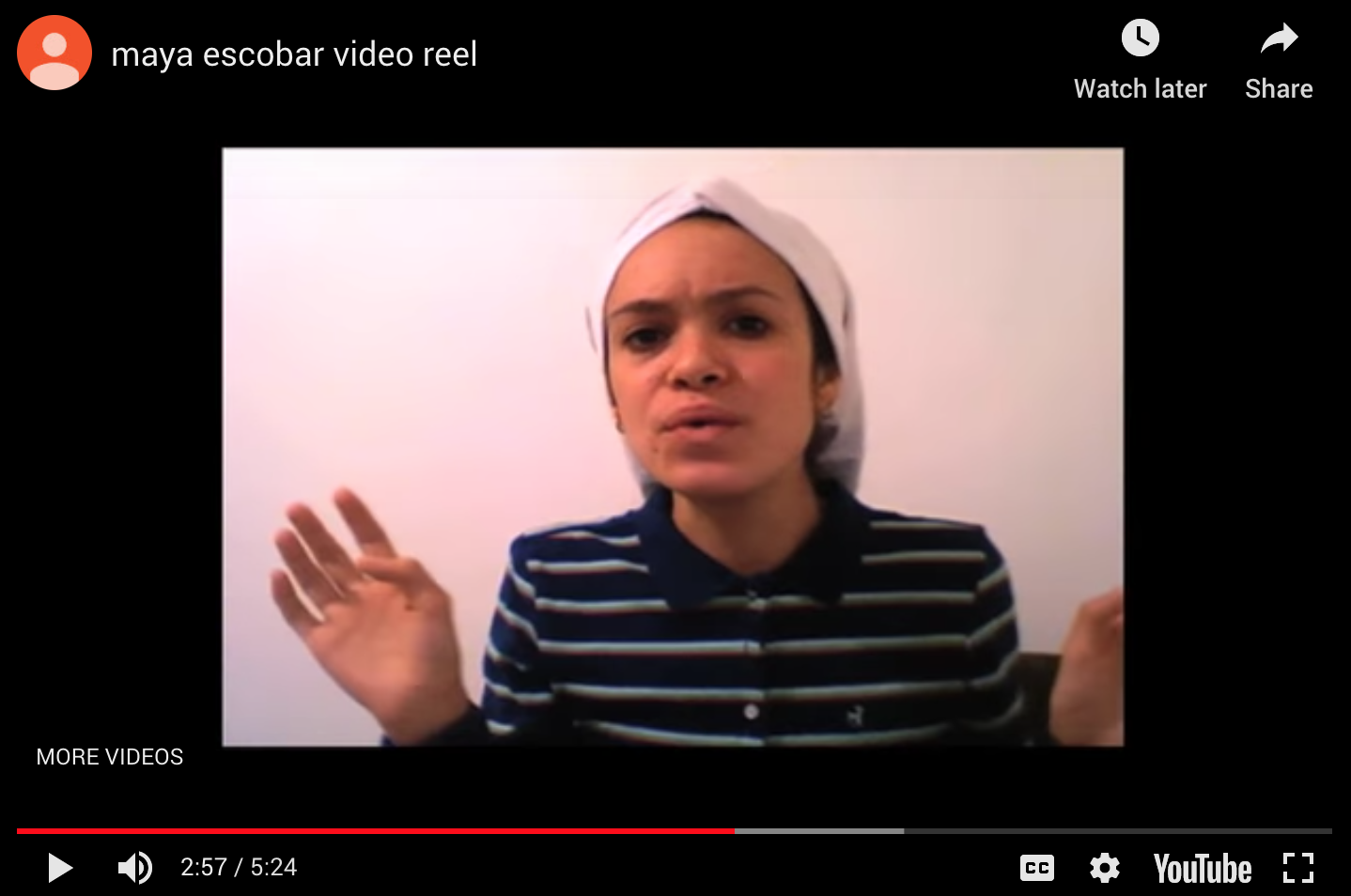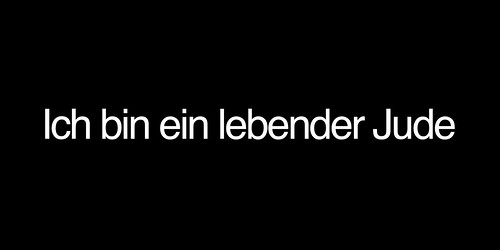My Shtreimel is a video blog that features my fiancée Loren, who is a reoccurring character in my work. Sitting in a dimly lit room, Loren shares a personal Sabbath ritual. Behind him is the large painting of the Rebbe that appears in Obsessed with Frida Kahlo video. Although Loren is alone, he addresses the camera as if he were speaking directly with his eventual audience.[youtube=http://www.youtube.com/watch?v=NNAxEUEE43Y] My Shtreimel, YouTube Video, 2006.
"I think it is very important for each of us to have an enjoyable Shabbos experience. And to be able to in some ways personally define what that Shabbos experience entails. There's a lot of different minhags that I think a lot different people have that not every one has. And there are certain things that we develop not necessarily because they are passed down from our father, or our mother, or your mother's father, just because it is something that makes your Shabbos experience a little bit more enjoyable a lot these personal minhags that we all have..."
Casually citing the Chofetz Hayim and the Talmud Yerushalmi, he acknowledges both his relationship to, and awareness of traditional Jewish texts; thereby, indirectly aligning himself with a more observant Jewish community. Using humor, he offsets the implied exclusivity of those ties, by adding that he is actually wearing a woman’s hat that was purchased at a thrift store.eruv stl is “posted as a response” to My Shtreimel. eruv stl is intended to link Berlin’s Eruv to St. Louis. In this low quality thus “authentic video blog” Loren and I drive around the Washington University in St. Louis area, with a map in hand, trying to locate St. Louis’s eruv. In the background you can hear Guns and Roses famous song Welcome to the Jungle. Loren assumes a role similar to the one of Matisyahu, a halakically informed Jew, who does not the traditional model for the other and is thereby able to communicate with the secular world.[youtube=http://www.youtube.com/watch?v=Fv8YTCXv8xY]eruv stl, YouTube Video, 2009.I ask Loren why he thinks the eruv extends as far as it does and if he thinks that there area lot of Orthodox Jewish families living in the area. Loren tell me that the eruv has extended this far because of the Hillel on campus, and that while there are not many Orthodox families living on the streets that we are driving, that the presence of the Hillel on campus is enough to create an eruv-worthy Jewish community.Not only does it become clear that Loren familiar with Orthodox Jewish practices and the neighboring streets, but also he is still not sure exactly where the eruv is located. Meaning that even though the eruv is present, Loren is either a) so religious that he doesn’t abide by it, OR b) he doesn’t lead a Jewish life that would involve abiding by an eruv. As the conversation continues Loren continues to distance himself from vocabulary that you would expect to come from a more observant Jew, as he casually engages in humorous banter with me surrounding the eruv.I ask him how it felt to finally “find” the eruv, he responds that he “feels pretty good” but he didn’t feel like “it was an actual wall” - which it isn’t, so this statement is made in jest. He continues, “its like finding Waldo, Waldo had curly hair and glasses, he might have been a frum Jew [...] maybe it is a statement about jews begin such a small percentage of the population... The Rebbe, Acrylic on Canvas, 2004.more thesis excerpts coming soon...
The Rebbe, Acrylic on Canvas, 2004.more thesis excerpts coming soon...









